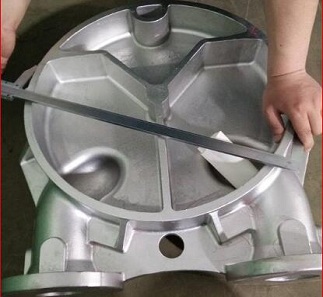Mar. 01, 2018
When the liquid ring vacuum pump starts, the impeller slings the liquid sealant by centrifugal force, to the outside walls of the body, forming a ring of liquid at the outside walls of the body. Because the impeller is off-set from the body, some of the blades are fully immersed in liquid, and some are almost out of the liquid. The area of void space without liquid, is sealed off between the liquid (and hence the term "sealant") and between the impeller blades, called an "impeller cell". As we follow one impeller cell from the top of the liquid ring vacuum pump, counter-clockwise, you can see the liquid recedes from the center hub, acting as a liquid piston to create a larger cell. This is the suction of the liquid ring vacuum pump, drawing in air, gases, or vapors thru the "inlet port" at the sides of the impeller. After impeller cell passes the inlet port and travels toward the discharge port, the sealant liquid is forced back toward the center hub of the impeller, creating the compression step. As the impeller cell passes the discharge port, the compression is at its highest, and the gases, along with some of the liquid sealant are exhausted thru the discharge port to atmosphere. Although the diagrams show a very smooth ring of liquid, in actuality, the liquid sealant is highly turbulent, which is why some of the liquid sealant is discharged with the gases.

Previous: The application of vacuum pump (I)
Copyright © Baoding AoCheng Machinery Co., Ltd. All Rights Reserved